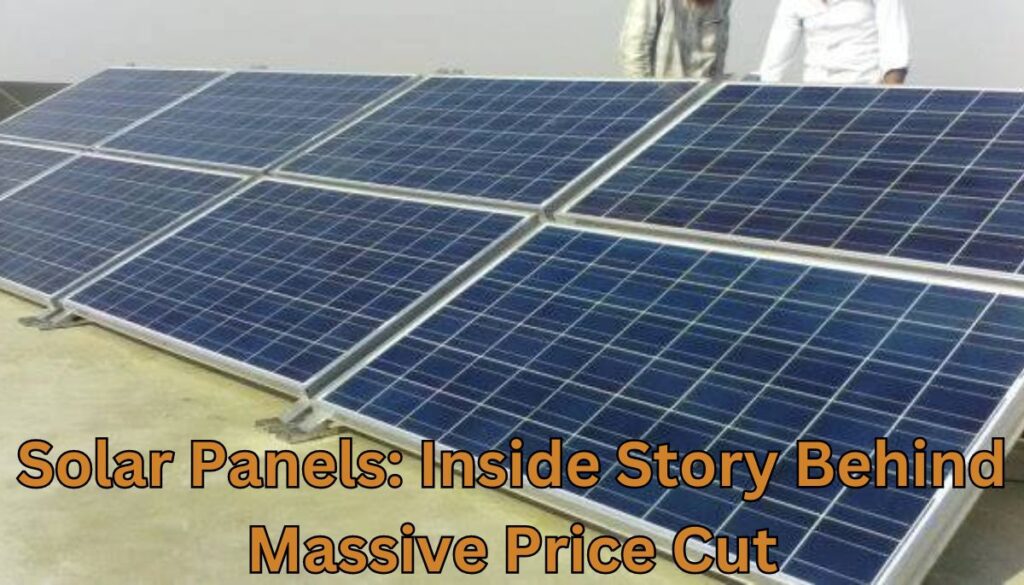We are excited to announce that we are providing solar panel installation services. Currently, our services are in limited cities you can confirm in DM whether it’s available in your town.
Please keep in mind that the current rate for the 5kW system is as of now, and it may not be the same tomorrow or in the coming days. For the latest rate, you can contact us via call or WhatsApp.
If you have already purchased the equipment and only want to install the solar system, you can still avail of our services. We have extensive experience in this field.
Current 5KW Price Breakdown
| Component | Price Range (PKR) |
|---|---|
| Total System Cost | 700,000 – 750,000 |
| Solar Panels | 200,000 – 250,000 |
| Inverter | 150,000 – 250,000 |
| Mounting Structure | 125,000 – 150,000 |
| Installation | 50,000 – 100,000 |
Key Components of a 5kW Solar System with Rates
| Item Description | Total Cost |
|---|---|
| Transportation to Installation Site | 6,000 |
| Inverex Solar Inverter 5.2 KW | 250,000 |
| High-Efficiency Solar Panels of Your Choice | 250,000 |
| Grounding System Cost | 56,000 |
| Net Metering Installation Cost | 130,000 |
| Installation Labor (Indoor and Outdoor Equipment) | 30,000 |
| 185AH Tall Tubular Battery | 101,400 |
| Galvanized Steel H-Beam Structure | 130,000 |
| DC Wiring, Protection Components & Accessories (including Breakers, Reverse Protection, Voltmeter, etc.) | 75,000 |
| Total Cost | 1,028,400 |
The correct total cost is 1,028,400.
Key Components of a 5kW Solar System
- Solar Panels: High-efficiency 545W Mono-crystalline PERC panels.
- Inverter: Fox 5KW solar inverter.
- Mounting Structure: Standard/customized options.
- Safety Equipment: AC/DC breakers with surge protection, and lightning arrestor.
- Monitoring: Remote system monitoring.
- Net Metering: Essential for on-grid systems.
- Support: 24/7 after-sales support.
Appliance Compatibility and Energy Output
A 5kW solar system can produce approximately 600-700 units per month. Here’s what it can power:
| Appliance | Quantity Supported |
|---|---|
| Fans | 5 |
| Tube Lights/Energy Savers | 15/20 |
| Refrigerator/Freezer | 1 |
| Inverter AC (1.5 tons) | 1 |
| Washing Machine | 1 |
| Water Pump | 1 |
| Iron | 1 |
| LED TV | 1 |
| Small Accessories | Multiple (phone chargers, laptops) |
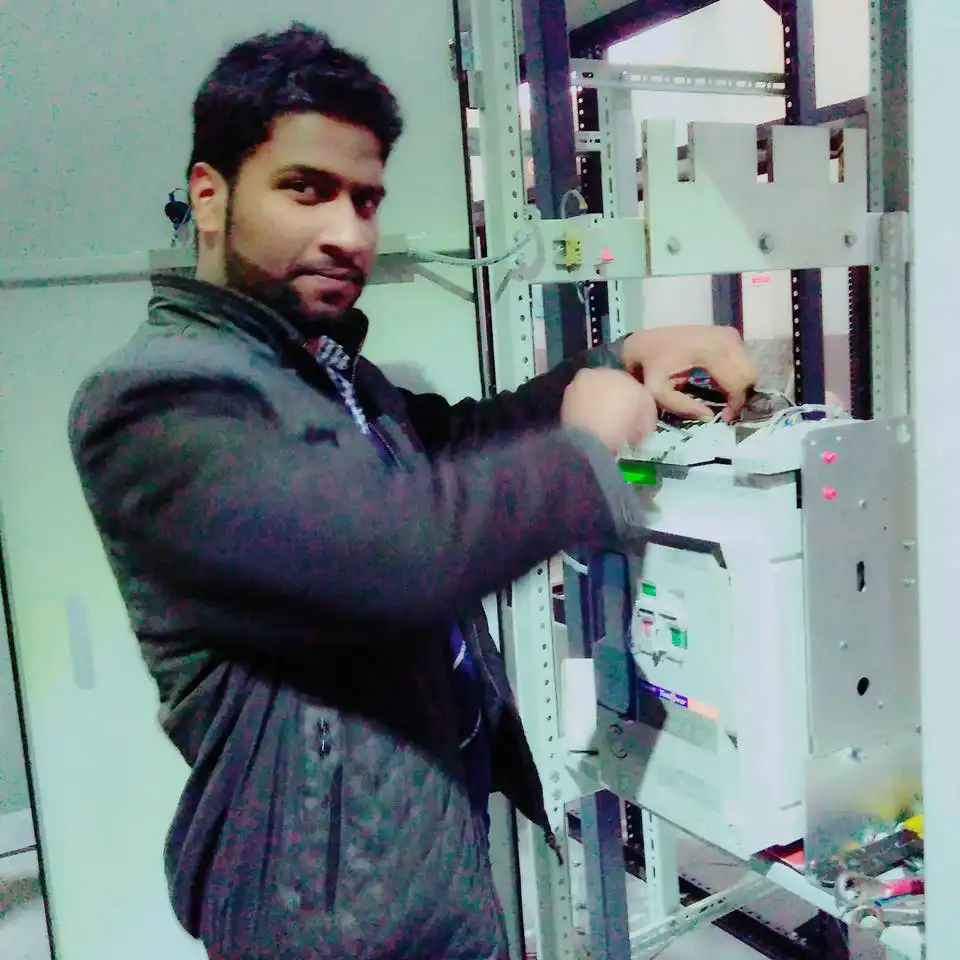
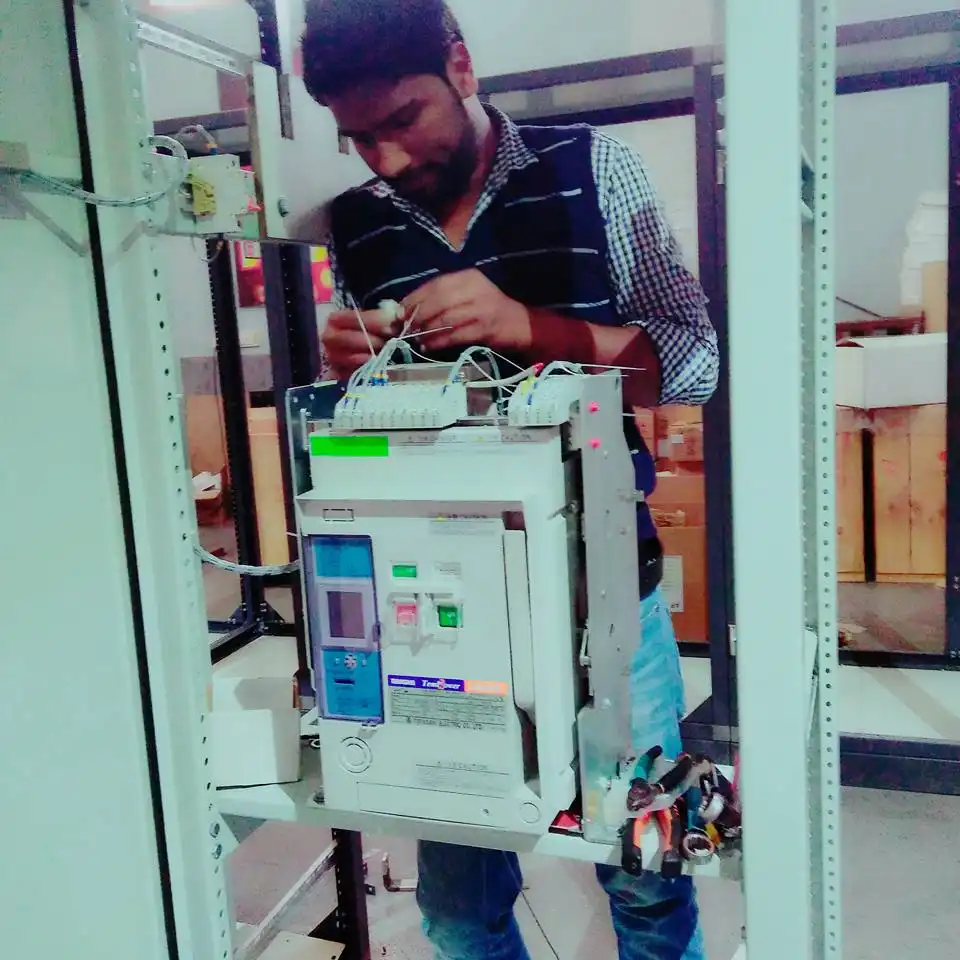
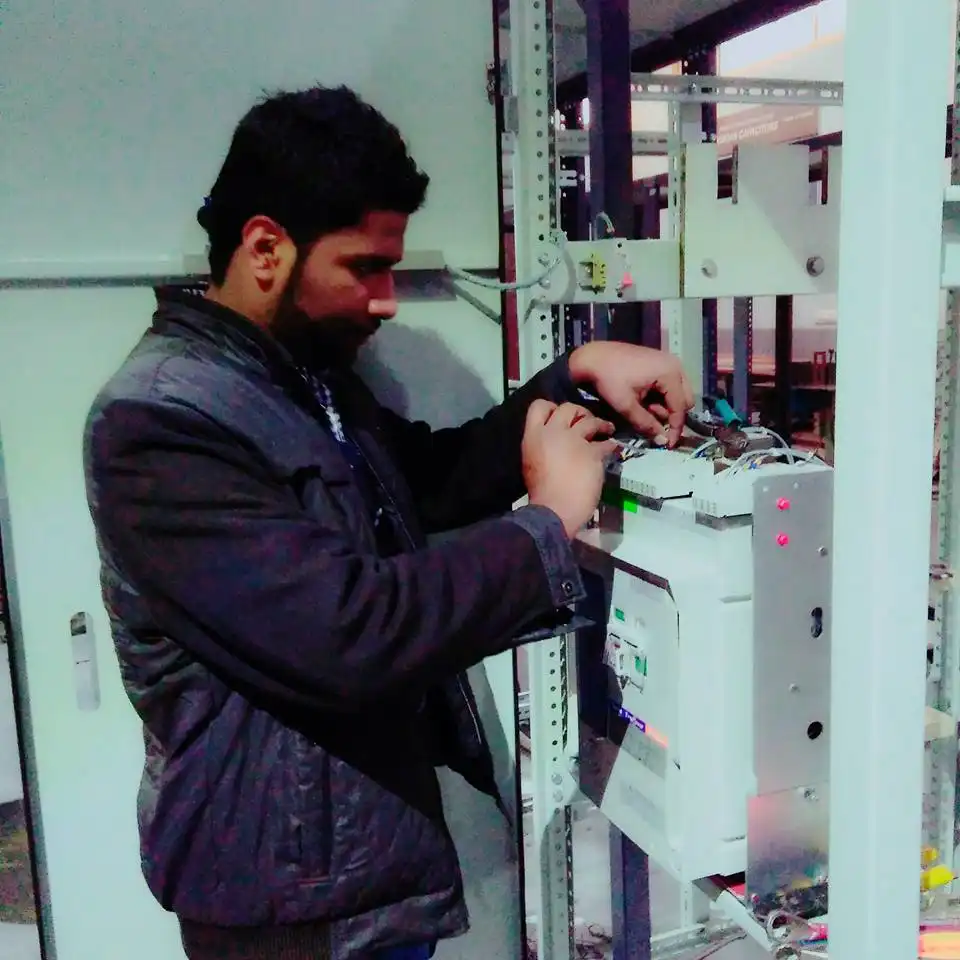
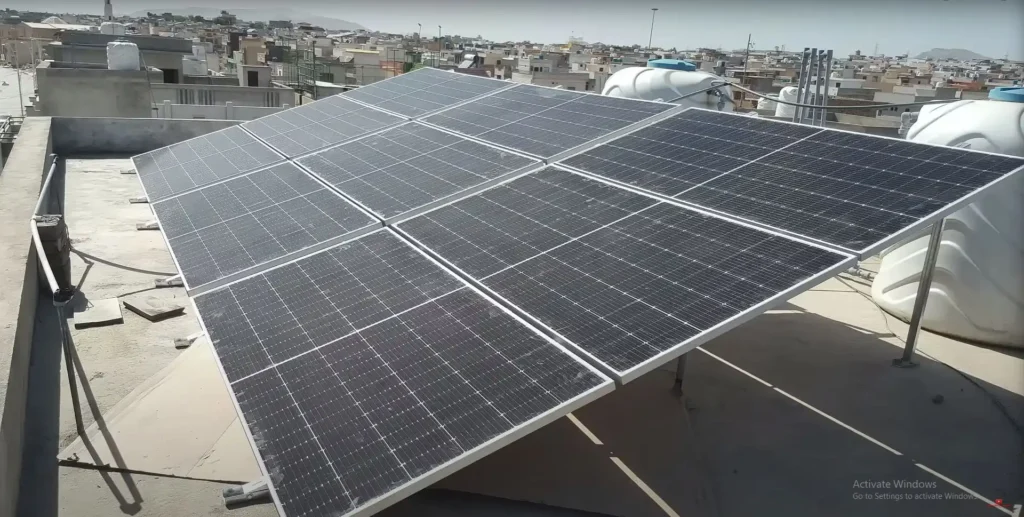

You can Call or WhatsApp
If you want to install a solar panel, star-delta dual ATS, AMF, or any other type of system, you can directly call or send us a WhatsApp message. We are here to assist. Please Contact us during the working hours.






